Why does my Ariston washing machine not heat the water when washing?
 It is unpleasant if the machine does not heat the water when washing. Firstly, the quality of the wash suffers, and secondly, the machine signals problems that have arisen. However, it is wrong to blame only the heating element for a foggy sunroof window. A lack of heating can be caused by either simple inattention or a breakdown of the thermistor, pressure switch, or even the control board. The “culprit” is determined during a comprehensive diagnosis of the washing machine.
It is unpleasant if the machine does not heat the water when washing. Firstly, the quality of the wash suffers, and secondly, the machine signals problems that have arisen. However, it is wrong to blame only the heating element for a foggy sunroof window. A lack of heating can be caused by either simple inattention or a breakdown of the thermistor, pressure switch, or even the control board. The “culprit” is determined during a comprehensive diagnosis of the washing machine.
Potential culprits
If the Ariston washing machine does not heat up to the specified 30-90 degrees, then it is not a fact that the problem is in the heating element. In addition to it, several other devices and sensors are involved in heating, the failure of which affects the low water temperature. Moreover, often there is no malfunction - it is likely that the user chose the wrong washing program.
Having detected a lack of heating, you do not need to immediately start disassembling the washing machine. First of all, you should pay attention to the dashboard of the machine and look at the selected mode. Many programs, for example, “Delicate”, “Sportswear”, “Silk”, “Fast”, “Economical”, “Silk”, according to factory settings, should not bring the water to high temperatures. For most Ariston models, even standard washing occurs at 30-40 degrees.
Many washing programs on an Ariston machine do not involve heating the water above 30 degrees.
If a “hot” program is enabled, then you need to additionally check the set heating temperature. Modern Ariston washing machines offer the user to change factory settings to save energy consumption or speed up the cycle.Probably, a key was accidentally pressed, reducing the degrees to minimum values. Or, conversely, the system did not count the changed parameters due to the selector not working. It is better to scroll the regulator forward a few positions and reboot the equipment. It is possible that a so-called “technical glitch” occurred.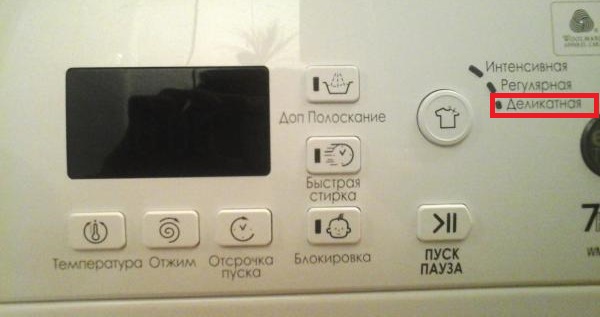
In any case, it is recommended not to turn a blind eye to the suspicious behavior of the machine, but to conduct a rapid test. Cold laundry after washing is not an argument against the heating element, since the final rinse occurs in water without heating. To dispel or confirm suspicions, it is better to use a more reliable diagnostic method:
- turn on a program that heats the machine to 60-90 degrees (you can choose 45 degrees, but the difference will not be so obvious);
- time 20-30 minutes from the start of washing (it is important that the washing machine does not switch to rinsing);
- put your hand on the door glass;
- estimate the surface temperature.
In the “hot” washing mode, 20-30 minutes after starting the cycle, the glass of the Ariston hatch should be warm.
If the hatch glass is hot or warm, then there is no problem with heating the water - the system is in perfect order. A cool surface, on the contrary, signals a problem. In the latter case, it is necessary to respond to the signal as soon as possible, determine the causes and extent of the breakdown.
What parts could have failed?
It is easier for owners of modern Ariston models: the advanced self-diagnosis system will automatically detect the problem and display a code indicating the nature of the malfunction. Moreover, the system will not start the wash until the heating is restored or the user changes the program to “cold”.But many washing machines of this brand are not able to record the discrepancy in degrees and continue to wash without warming up the drum.
In any case, you cannot operate a machine that is not heating. Both the quality of the wash and the machine itself will suffer, as the problem will worsen over time and result in a large-scale breakdown. It is better not to hesitate and immediately determine the cause of the problem. She may be:
- Inoperative pressure switch. It's simple: the sensor cannot measure the water level, the board does not receive information about the fullness of the tank and does not give the heating element a command to start heating. In this case, the wash will not start.
- Damaged wiring connecting the heater to the electronic unit. The module cannot send a command to the heating element to increase the temperature.
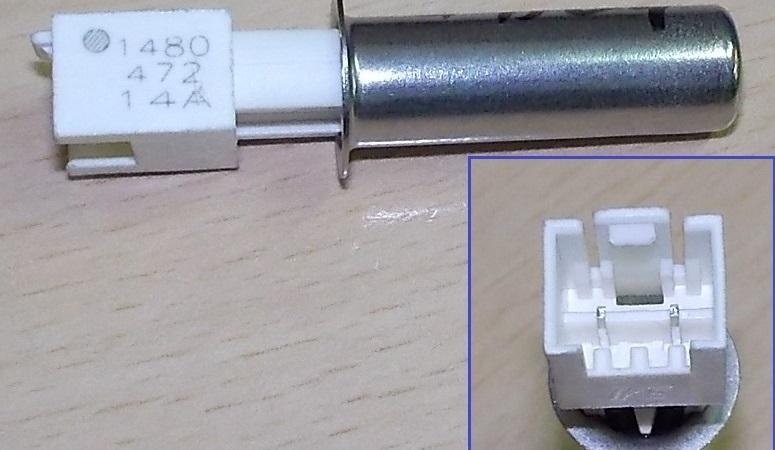
- Broken heater. The most obvious problem, since a faulty heating element does not heat the machine. Damage is caused by scale (due to hard water) or mechanical damage (unsuccessful repairs, imbalance of the drum). As a result, the device overheats or suffers due to a short circuit.
- Faulty thermistor. This is a sensor that controls the temperature of water heating. If it fails, the heating element stops functioning.
- Failed board. Probably one of the resistors has burned out or the contacts connecting the module with the heating element have come loose.
The Ariston washing machine does not heat water if the pressure switch, heating element, circuit board, thermistor or damaged wiring are faulty.
It is logical that in order to restore full operation of the washing machine, it is necessary to identify the malfunction and carry out the required repairs. If the problem is not related to the control board, then the user will be able to cope with the breakdown without involving service center specialists. The main thing is not to forget about safety precautions and follow the instructions described below.
Let's start with the heating element
It is recommended to start diagnostics and repairs with the heater. The heating element is located behind the rear panel of the housing at the bottom of the washing machine under the tank. To detect the device, you will need to unfold the machine, unscrew the holding bolts from the “back” and set it aside. Then we find the heating element along with the thermistor and begin diagnostics.
Before disassembling the Ariston washing machine, you must turn off the power and disconnect it from the water supply!
- Carefully disconnect the wiring from the heating element, having previously photographed all connections.
- Turn on the multimeter, select the “Resistance” mode and set the value to “200”.
- We connect the tester wires to the corresponding contacts.

- We evaluate the test performance. Normally, the values vary between 26-28 ohms. The displayed “1” will indicate an internal break in the heating element, and “0” will prove that a short circuit has occurred. In the latter cases, repair will not help - the heater must be replaced.
- We check the heating element for breakdown. We switch the tester to the “Buzzer” mode and attach the probe to the contact. If a signal is heard, the device needs to be replaced.
It is recommended to record all your actions on a camera to facilitate reassembly and avoid errors when connecting contacts.
To replace, the heater must be removed. The process is simple, but it is often complicated by the gasket, which, when the washing machine is used for a long time, increases in size and blocks the device. To deal with the rubber band, you should generously treat it with WD-40, wait 10-15 minutes, then remove the thermistor, unscrew the bolt, swing the heating element and remove it from the housing without any problems.
The search for a new heating element is carried out using the old one or the serial number stamped on the body. Before installation, it is important to thoroughly clean the heater seat.Further assembly occurs in reverse order.
Level sensor
Next in line is the pressure switch. This is a level sensor, which is located under the top cover of the case at the rear wall on the right. The device consists of two parts: a plastic round “box” and a long hose lowered into the washing machine’s tank.
Sensor diagnostics are quick and easy:
- select a tube commensurate with the diameter of the pressure switch fitting;
- loosen the clamp on the hose and unhook it;
- We lean the tube against the fitting and blow lightly into it;
- listen; if there were 1-3 clicks, then the sensor is working.
Ideally, you should continue checking by inspecting the pressure switch components and “ringing” with a multimeter. In the latter case, we turn on the tester to measure Ohms, connect the probes and evaluate the result. Changing indicators will indicate the performance of the device.
There is usually no question of what to do with a faulty pressure switch. Repairing the sensor is time-consuming and pointless - it’s easier to buy a new one, which costs no more than 500 rubles. To replace, remove the broken device by loosening the clamp, removing the chip and disconnecting the “box”.
Interesting:
1 reader comment
Add a comment Cancel reply
Categories
Washing machine repair


For buyers

For users

Dishwasher



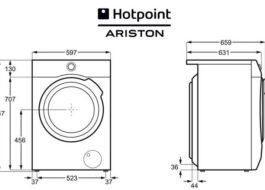
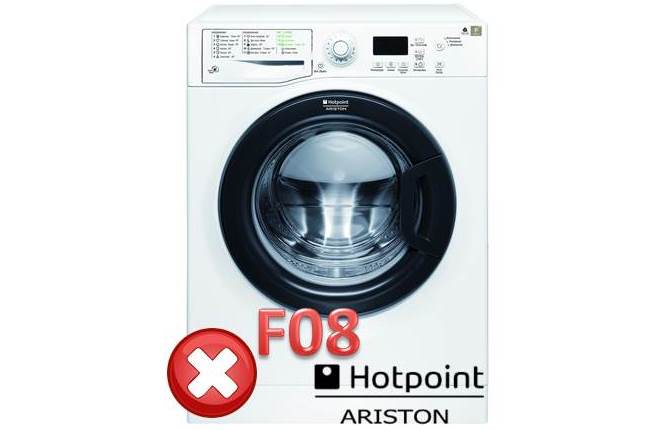

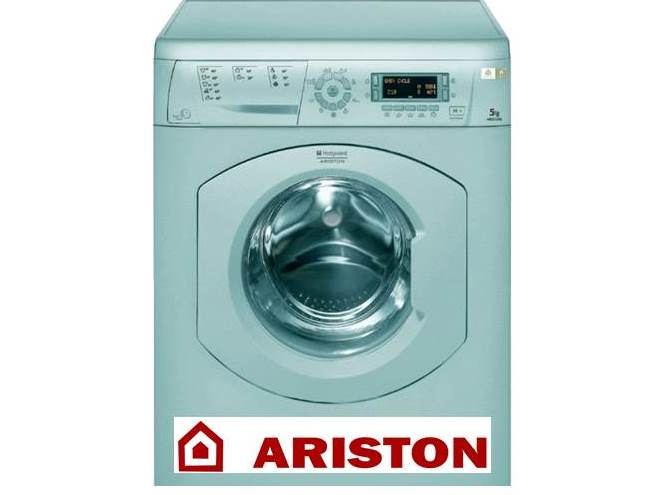










Who was blowing? Did you check it with a tester and that's it? You need to blow until it clicks.